SILVER-LUG Blog

Why are luxury watch manufacturers concentrated in Switzerland? Historical background
Posted by WATANABETAIGA
When you hear the words "luxury watches," what country comes to mind? Most people would probably answer "Switzerland."
So why has Switzerland remained the only country to survive as the mecca of the watch industry for so long? The answer lies not just in technological superiority, but also in the major trends of world history, such as religion, war, and the Industrial Revolution.
This time, I would like to trace the changes in the watch industry from a global historical perspective.
Why are luxury watch manufacturers concentrated in Switzerland? Historical background
Posted by WATANABETAIGA

Why Sterling Silver is Described as Pure Silver in Japan
Posted by WATANABETAIGA
In the Japanese antiques industry, sterling silver is often referred to as "pure silver."
Chemically speaking, pure silver refers to silver with a purity of 99.9% or more, while sterling silver is an alloy with a silver content of 92.5%.
The use of the term "pure silver" in the Japanese antiques industry is not simply a misuse of terms; there is a deep reason for it, based on hundreds of years of Western history and the cultural background of Japan's acceptance of Western silver.
Why Sterling Silver is Described as Pure Silver in Japan
Posted by WATANABETAIGA
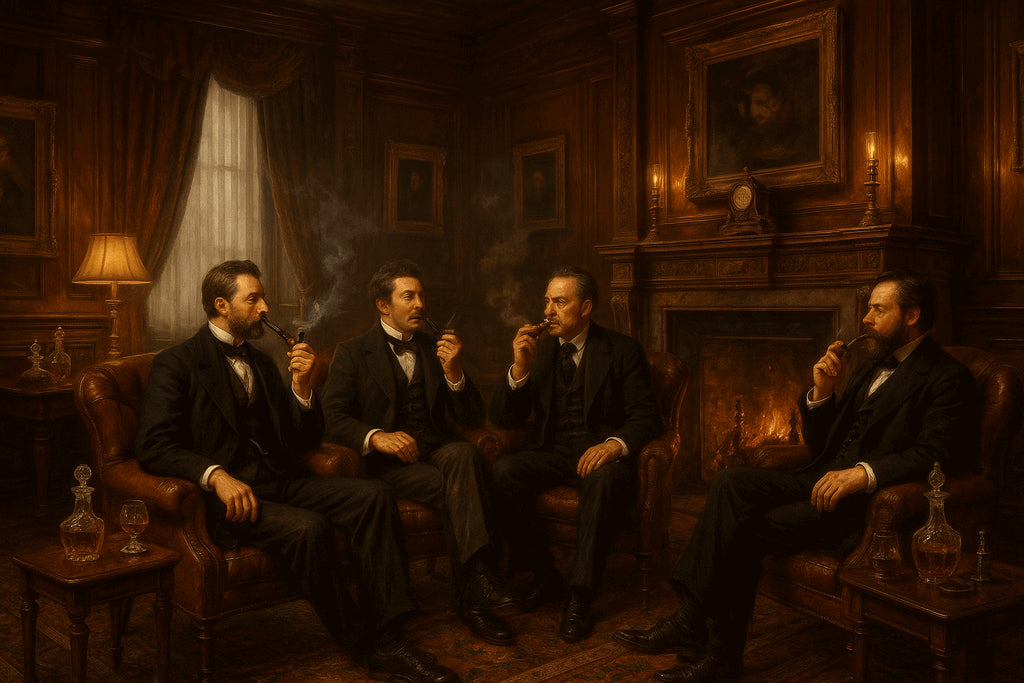
A luxurious time to enjoy smoking. Western antique smoking accessories.
Posted by WATANABETAIGA
In recent years, as fewer people smoke, smoking accessories have become less common, but among the antiques, there are surprisingly many beautiful items that are also wonderful works of art.
Western antique smoking accessories are a very fascinating category, not just as mere tools, but as objects that tell a story of culture and history.
A luxurious time to enjoy smoking. Western antique smoking accessories.
Posted by WATANABETAIGA
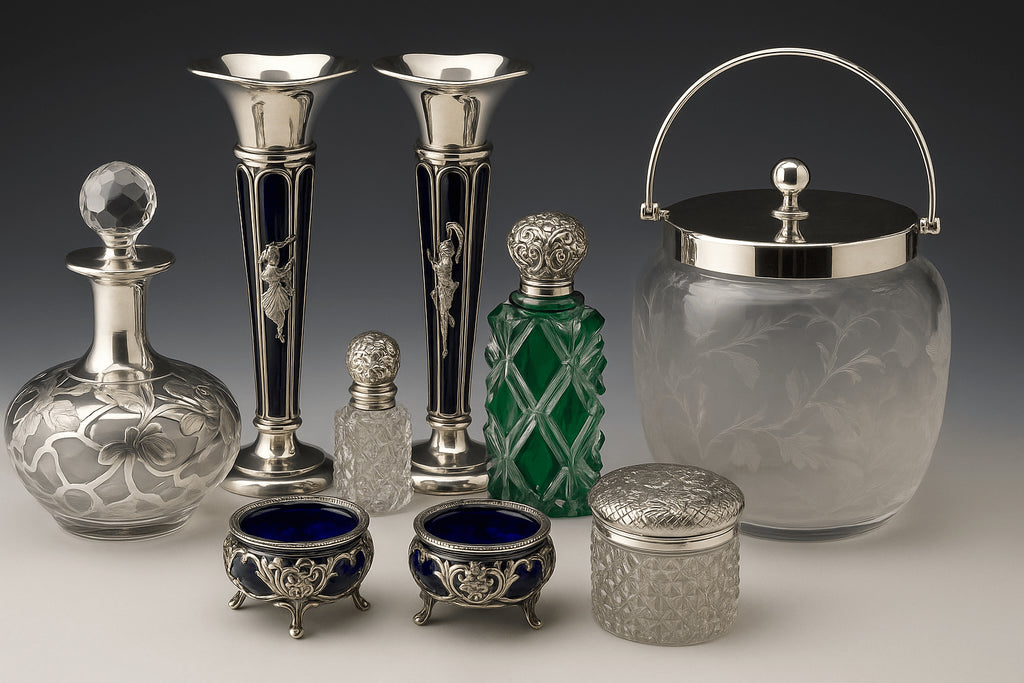
The beauty of silver and glass
Posted by WATANABETAIGA
Our store carries a large selection of Western antique silver items.
This time, we would like to share with you the beauty that can be created by combining two different materials: silver and glass.
This time, we will explain why the combination of silver and glass is so appealing to us, introduce specific items that are available, and give tips on how to incorporate these items into your life.
The beauty of silver and glass
Posted by WATANABETAIGA

British Royal Warrant
Posted by WATANABETAIGA
In the UK, there is a system called a "Royal Warrant" that is awarded to companies and organisations that provide goods or services to the British Royal Family.
Japan also had a system of purveyors to the Imperial Household and the Imperial Household Agency, but these were abolished in 1954.
It is a system that has existed since the 15th century and is still in place today, and when researching British antiques you will often see the term "Royal Warrant".
In this article, we will explain the contents of the British Royal Warrant, its history, and representative manufacturers.
British Royal Warrant
Posted by WATANABETAIGA
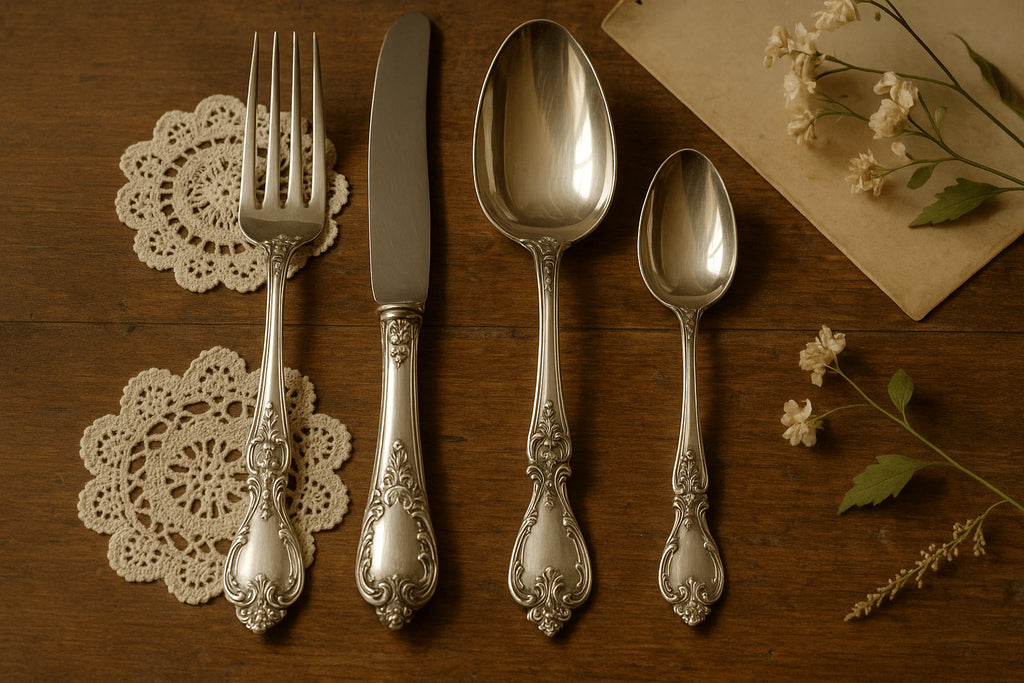
Antique silver cutlery handle patterns
Posted by WATANABETAIGA
Antique silver cutlery is not only a tool for dining, but also a reflection of the craftsmanship and food culture of the era in which it was made.
In this article, we will focus on handle patterns on antique cutlery, explaining their history and characteristics, from basic British patterns to decorative designs, and even patterns found in countries other than the UK, such as France and the US.
Antique silver cutlery handle patterns
Posted by WATANABETAIGA
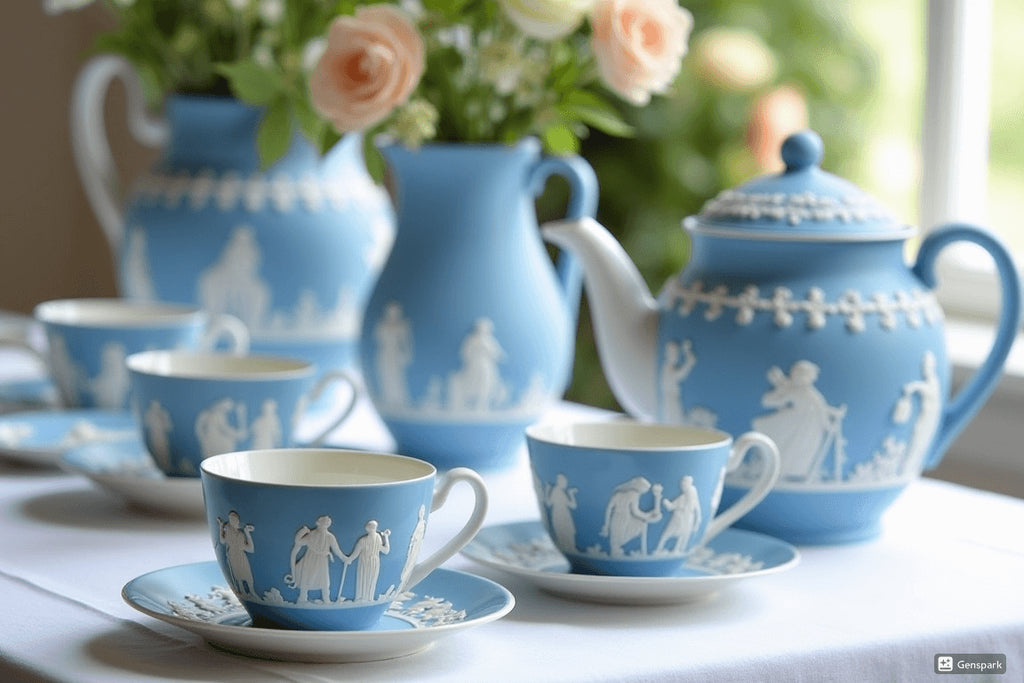
Wedgwood's "Jasperware" from the UK
Posted by WATANABETAIGA
Wedgwood's "Jasperware" is one of the most popular Western ceramics in Japan.
Teacups and vases with elegant white relief on a pale blue background are truly synonymous with Wedgwood.
In this article, we will provide a clear explanation of the history of its creation, its characteristics, how it is made, and the secret behind its ever-attracting appeal.
Wedgwood's "Jasperware" from the UK
Posted by WATANABETAIGA
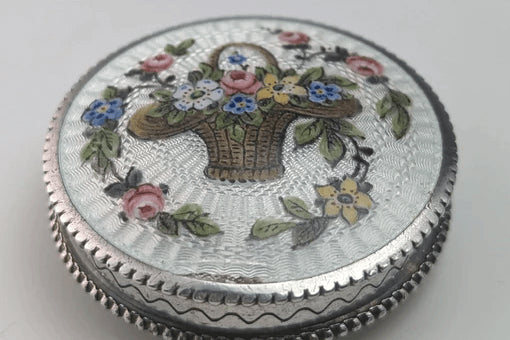
The fusion of engraving and enamel: Guilloche enamel decoration
Posted by WATANABETAIGA
Antique metal crafts feature a wide variety of intricate and beautiful decorative techniques that are sure to catch your eye.
One of these, "Guilloché Enamel," is a decorative technique that combines the precise "guilloché engraving" on metal with vitreous "enamel decoration."
In this article, we will explain the characteristics, manufacturing process, and appeal of "Guilloche enamel."
The fusion of engraving and enamel: Guilloche enamel decoration
Posted by WATANABETAIGA
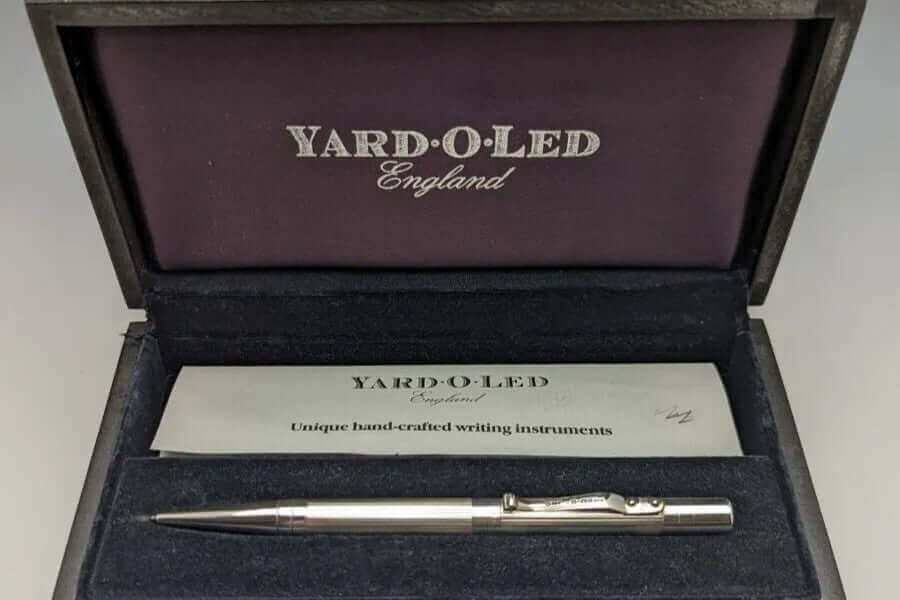
Yard O' Red, a British writing instrument that focuses on pure silver and handcrafted craftsmanship
Posted by WATANABETAIGA
Yard o' Red is a British writing instrument brand that is still in production today, famous for its artisan-made pure silver pencils.
Although it is a slightly unusual name, it is deeply engraved with the origins of the brand and the passion that our craftsmen have for their writing instruments.
In this article, we will explain the history of Yard O' Red and the features of its products.
Yard O' Red, a British writing instrument that focuses on pure silver and handcrafted craftsmanship
Posted by WATANABETAIGA
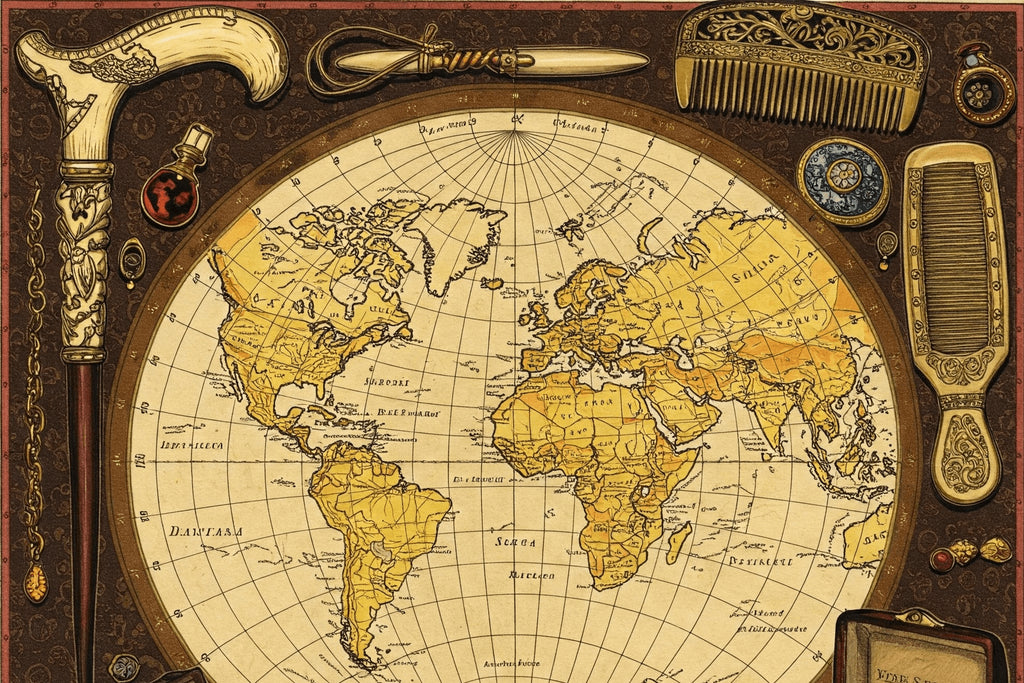
CITES and Antiques
Posted by WATANABETAIGA
Some antique items contain materials whose use or import is restricted under current law.
One such regulation is an international treaty called the "CITES," which has made it very difficult to import antiques made from ivory, tortoiseshell, etc.
In this article, we will explain the contents of the Washington Convention and the materials that are prohibited there.
CITES and Antiques
Posted by WATANABETAIGA


